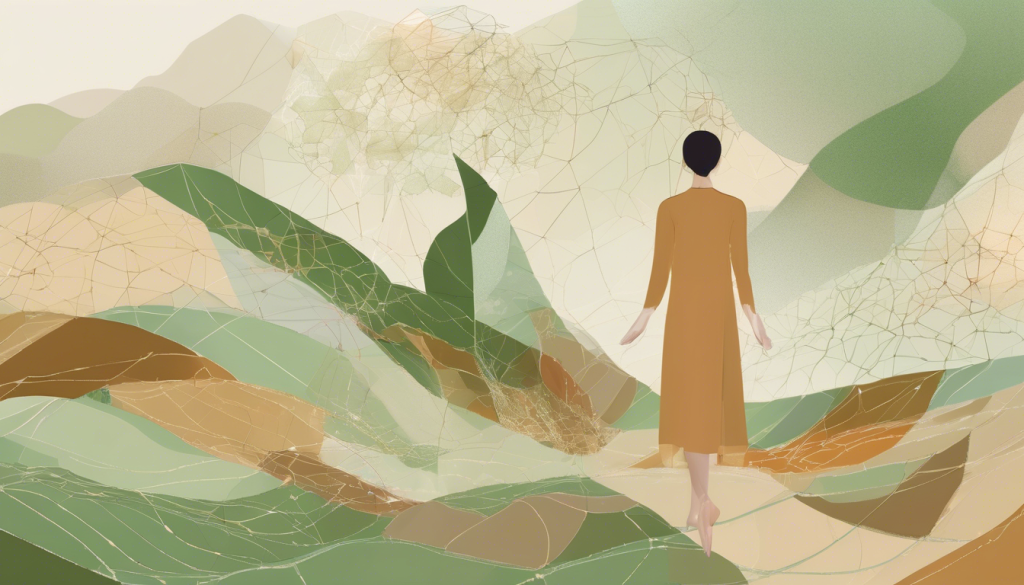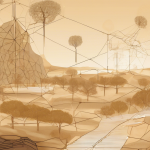
AI Fashion Revolution: From $96M to $2.2B in Less Than a Decade
The fashion industry is undergoing a dramatic transformation powered by artificial intelligence. What was once a $96.5 million sector in 2023 is projected to explode to $2.2 billion by 2032—a staggering 36.9% annual growth rate.
This AI revolution is reshaping fashion's fundamental processes:
Designers now generate multiple design variations in seconds rather than sketching dozens of concepts by hand. This isn't just about efficiency—it's expanding creative possibilities by exploring design directions that might otherwise remain undiscovered.
Technology like Toyoshima's AI Fabric Genie System creates photorealistic fabric designs from text descriptions, reducing design time by 50% while expanding market reach by 30%. Meanwhile, virtual try-on technology is revolutionizing the consumer experience, significantly reducing return rates.
Perhaps most importantly, AI is addressing fashion's environmental impact. The industry currently accounts for approximately 10% of global carbon emissions and consumes 93 billion cubic meters of water annually. AI-optimized pattern-cutting can reduce fabric waste by 30-50%, while demand forecasting prevents overproduction of unwanted inventory.
Despite these technological advances, human creativity remains irreplaceable. The most successful implementations use AI to handle routine tasks while keeping human designers focused on storytelling, emotional connection, and cultural context.
For fashion professionals and consumers alike, this AI revolution means more sustainable practices, expanded creative possibilities, and enhanced shopping experiences—all while maintaining the human artistry that makes fashion special.
Read the full deep dive by Oliver Green: From Sketch to Runway: How AI is Reshaping Fashion Design
How do you think AI will change your fashion shopping experience in the next five years?
If you found this insight valuable, please share it with colleagues navigating the AI-powered future of fashion.


